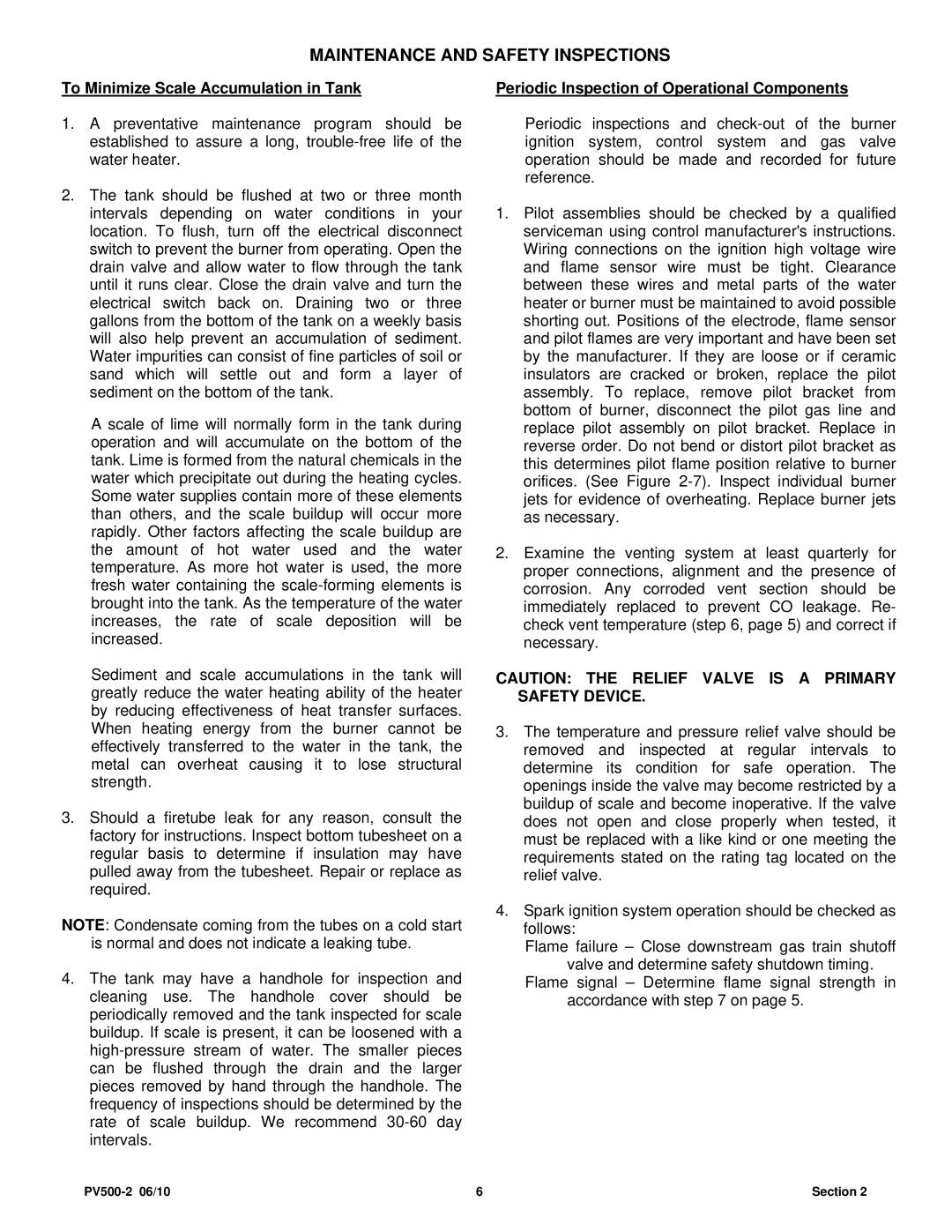PV500-2 specifications
The PVI Industries PV500-2 is a cutting-edge photovoltaic (PV) inverter designed to maximize the efficiency and reliability of solar energy systems. With a focus on both residential and commercial applications, the PV500-2 combines innovative technologies and features that cater to the evolving needs of the solar energy market.One of the standout features of the PV500-2 is its powerful output capacity. With a maximum output of 500 kW, this inverter is capable of handling large-scale solar installations. This makes it an excellent choice for utility-scale solar farms, commercial rooftops, and other applications where high energy demand needs to be met efficiently. The inverter's superior performance is complemented by its high efficiency rating, often exceeding 98%. This translates to more energy harvested from solar panels, leading to improved return on investment for users.
The PV500-2 also integrates advanced monitoring capabilities. Equipped with a smart inverter technology, it supports real-time performance tracking, helping users to monitor energy production and optimize system performance remotely. This feature is particularly beneficial for system operators and owners, as it allows for quick identification of issues and facilitates proactive maintenance.
In terms of safety and durability, the PV500-2 is designed to withstand harsh environmental conditions. Its robust construction guarantees longevity, while built-in safety features such as overvoltage protection, overcurrent protection, and ground fault monitoring provide peace of mind against potential hazards.
Another notable characteristic of the PV500-2 is its compatibility with various solar technologies. It can efficiently work with both string and central inverters, making it versatile for different installations. This flexibility ensures that users can easily integrate the inverter into existing systems or new setups without significant adjustments.
Furthermore, the inverter's compact design and lightweight structure simplify installation, even in space-constrained settings. This is crucial for reducing labor costs and enhancing installation efficiency.
In conclusion, the PVI Industries PV500-2 stands out in the competitive landscape of solar inverters due to its high output capacity, advanced monitoring features, and robust safety measures. Its versatility and ease of installation make it an excellent choice for a wide range of solar applications, catering to the growing demands of renewable energy users. As the transition to solar energy continues, the PV500-2 provides a reliable solution for those looking to harness the power of the sun efficiently and effectively.
